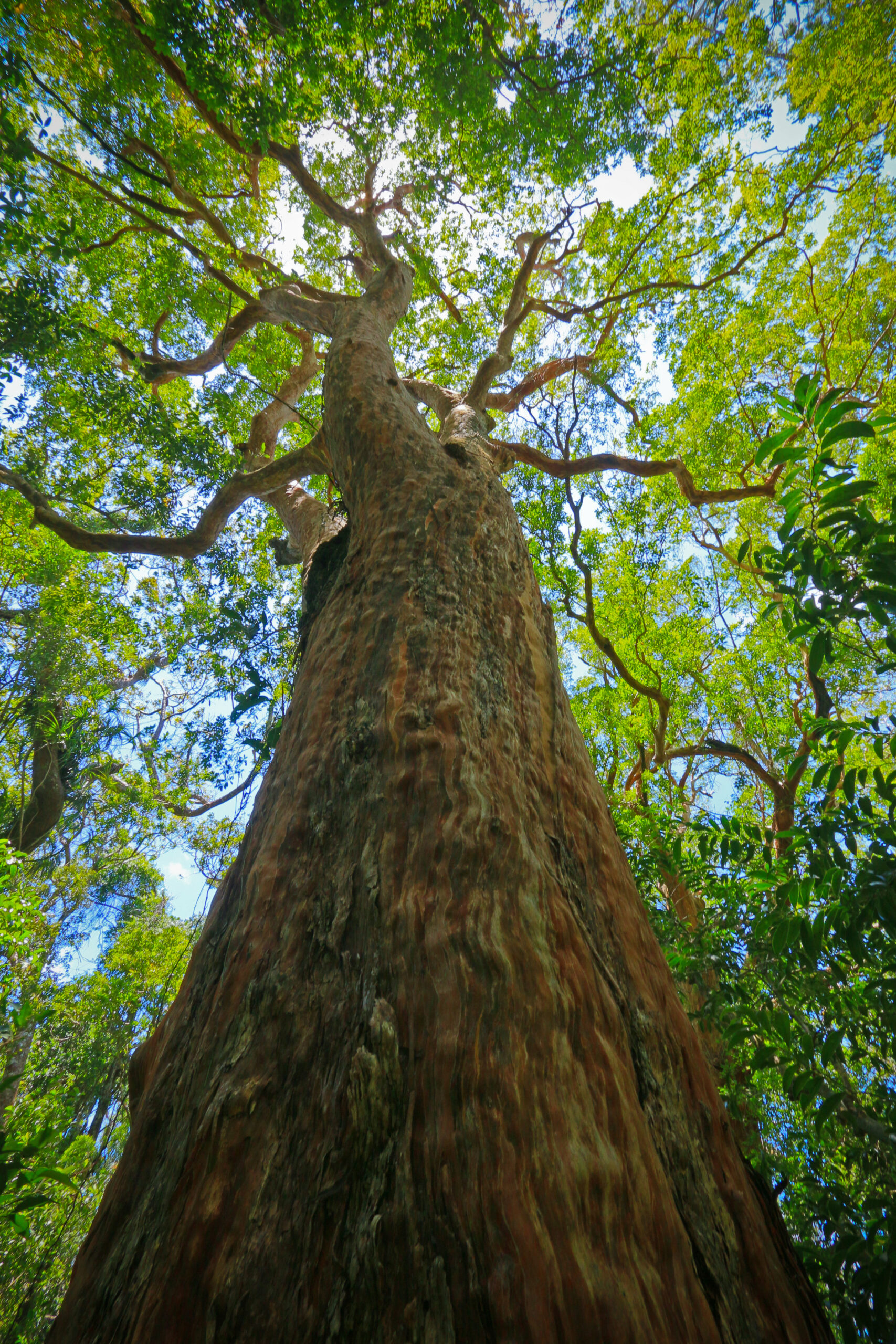| Local Name | Place |
| Bansilai | Surigao |
| Banutan | Nueva Vizcaya |
| Betik | Quezon |
| Bibit, Saklungan, Saplungan | Nueva Ecija |
| Bibit, Saklungan, Saplungan | Bulacan |
| Bibit, Saklungan, Saplungan | Rizal |
| Binutan | Nueva Vizcaya |
| Bolato, Dagindingan, Dalingdingan, Hambaboye, Molato | Bohol |
| Kamantala, Kamantalalai, Yakal Colorado, Yakal Molato | Laguna |
| Lipgai, Paminggayen | Ilocos Norte |
| Malui, Maluim | Mindoro |
| Molato | Bohol |
| Paina | Southern Tagalog |
| Pulang balat | Bulacan |
| Saggai, Siggai, Molato, Siggai Apurao | Ilocos Norte |
| Saggai, Siggai, Molato, Siggai Apurao | Tarlac |
| Saggai, Siggai, Molato, Siggai Apurao | Zambales |
| Siakal | Bataan |
| Taggai | Cagayan |

Did you spot something we need to update?
Do let us know. Together, let's grow the database.
Reach out to us at binhi@energy.com.ph
ASSOCIATED VEGETATION: Anisoptera thurifera ssp. Thurifera, Hopea acuminata, H. plagata, H. quisumbingiana, H. philippinensis, Shorea assamica ssp. Philippineneiss, S. contorta, S. guiso, S. palosapis, S. polita and Vatica mangachaopoi ssp. Mangachapoi (Fernando et al., 2008)
Common in semi-evergreen seasonal forests at low and medium altitudes, often dominant.
SEEDS. Dipterocarp seeds are recalcitrant and easily lose viability when dried or stored long. During seed year, dipterocarp seeds can be propagated as follows: sow freshly collected dewinged seeds in plastic bags with 1:1 dipterocarp forest soil and river sand; keep in shade for 1.5-2 months and regularly water; gradually expose to full light and reduce watering to harden them prior to outplanting. WILDLINGS. Dipterocarps could be propagated using wildlings collected from the natural forest (caution - DO NOT OVERCOLLECT; leave adequate number of wildlings for natural regeneration). Collect newly germinated wildlings with 2-4 leaves; bigger wildlings requires much care, difficult handling and storage and has higher mortality; transport wildlings quickly and protect from desiccation by wrapping in bundles, mud puddling the roots then placing them in banana sheaths, or plastic bags or burlap sacks and tied; for big wildlings (15-50 cm) leaves are trimmed to reduce transpiration; roots are pruned and dipped in rooting hormone (IBA at 10-100 ppm); wildlings should be immediately potted and placed in a recovery chamber where adequate shade and water is provided. It is protected from desiccation and too much light by plastic sheets and shading nets. Maintain wildlings in recovery chamber for about 2 months then gradually harden. CUTTINGS. During seed off years, dipterocarps can be propagated vegetatively following the non-mist system by Pollisco (undated): secure healthy cuttings from nursery grown seedlings/wildlings or hedge garden; cut the stems of stockplants using sharp pruning shear leaving at least 2 nodes on the stumps of the seedlings; place cut stems in a pail or tray half-filled with water; remove the tip, and divide the rest into 2-node cuttings and make a slanting cut at the base of the cuttings; cut the leaves into half; soak the cuttings in 200 ppm Benlate solution for 1 hr; scrape 1 cm of the base and dip in appropriate concentration of IBA for one hour; plant in plastic bags with a sun-sterilized media of 50:50 coconut coir and river sand; the non-mist system is constructed as follows: use a 62 x 25 cm plastic bag and 3/16 wire; use the wire to have a support structure to fit in the tray or plastic bags with cuttings; seal the plastic bag to maintain humid conditions; depending on species, cuttings are kept for 2-4 months or until lignified roots are formed; cuttings are watered using mist sprayer weekly; subsequently, rooted cuttings are transplanted to plastic bags with a 1:1 dipterocarp forest soil and river sand medium and place transplants in a plastic tent for about a month; cuttings are hardened by gradually moving them from the shade to full light. Reference: (DENR, no date. Mass Propagation and Nursery Management of Dipterocarps. DENR Recommends No. 6. DENR, Quezon City). PLANTING. Enrichment plantings of dipterocarps under the canopy of nurse trees is usually practiced. Use of potted stocks is preferred; planting holes should be deep enough to accommodate the ball of earth; fertilizers should be included particularly for poor sites; the soil is firmed to close the air spaces and mulched with organic material to conserve moisture and provide additional nutrients. Suppress competing weeds by regular weeding and cleaning. Poles should be provided greater light to promote growth. Reference: Weinland, 1998. A Review of Dipterocarps: Taxonomy, ecology and silviculture. Eds: Appanah, S. and Turnbull, J. M. CIFOR and FRIM.
Locate our planted YAKAL-SAPLUNGAN Trees
Locate our planted YAKAL-SAPLUNGAN Trees

trees planted in the country!

Spread awareness and learn about the 96 native Filipino trees species EDC has saved from extinction. Get your own copy of the coffee-table book today!